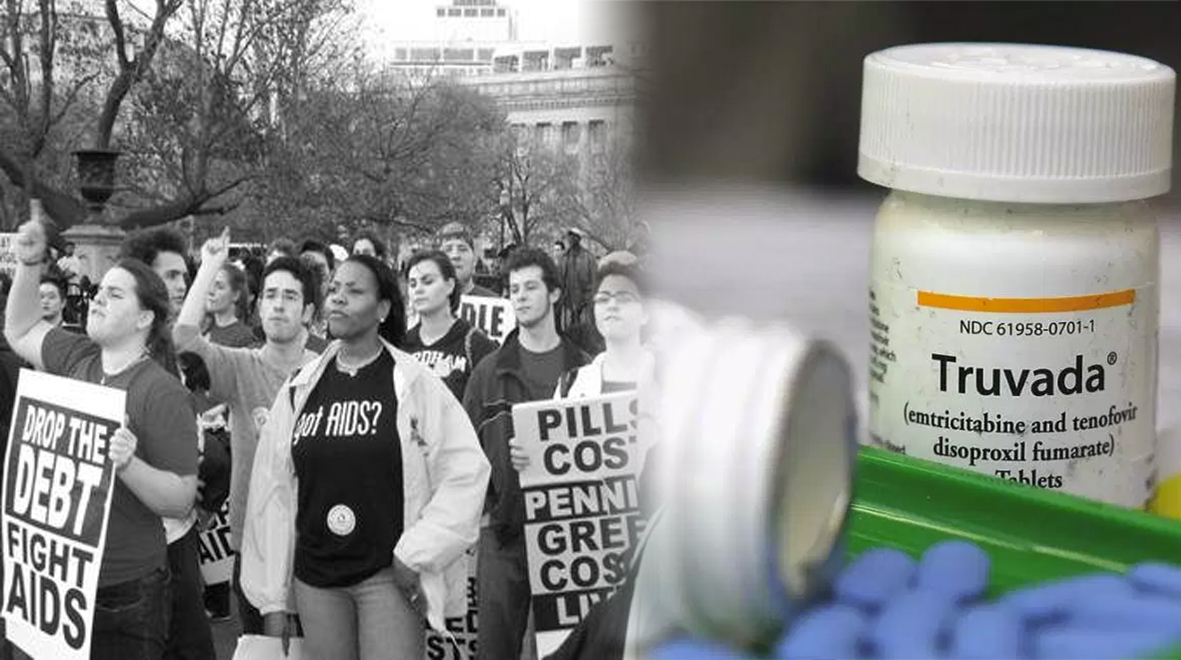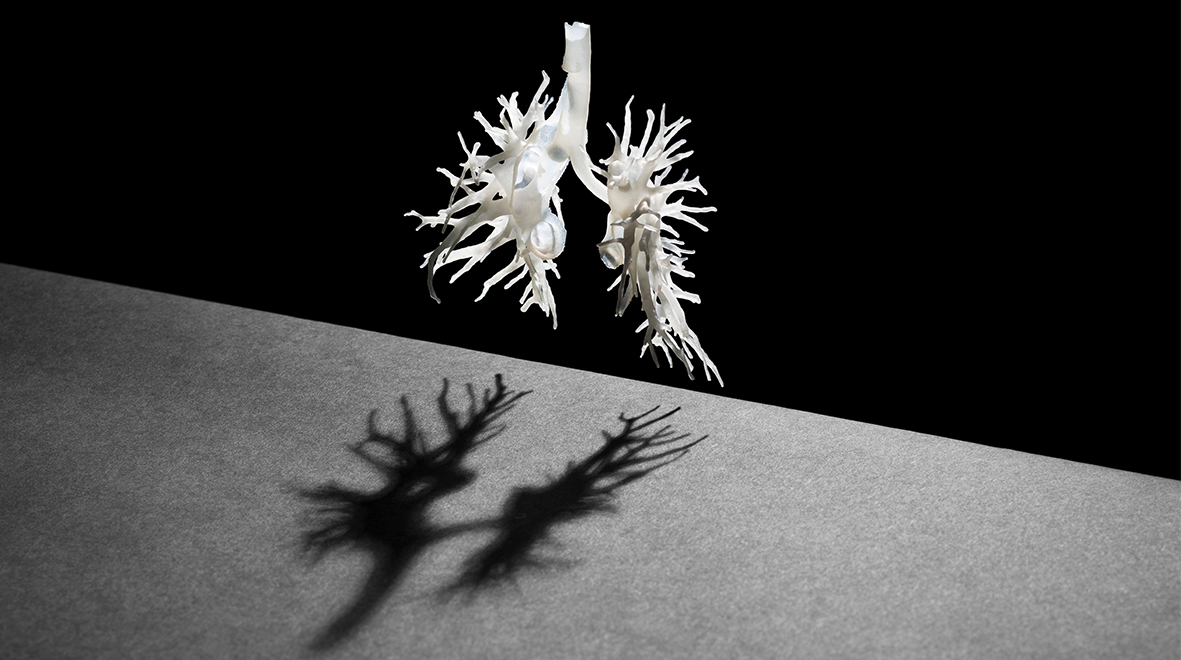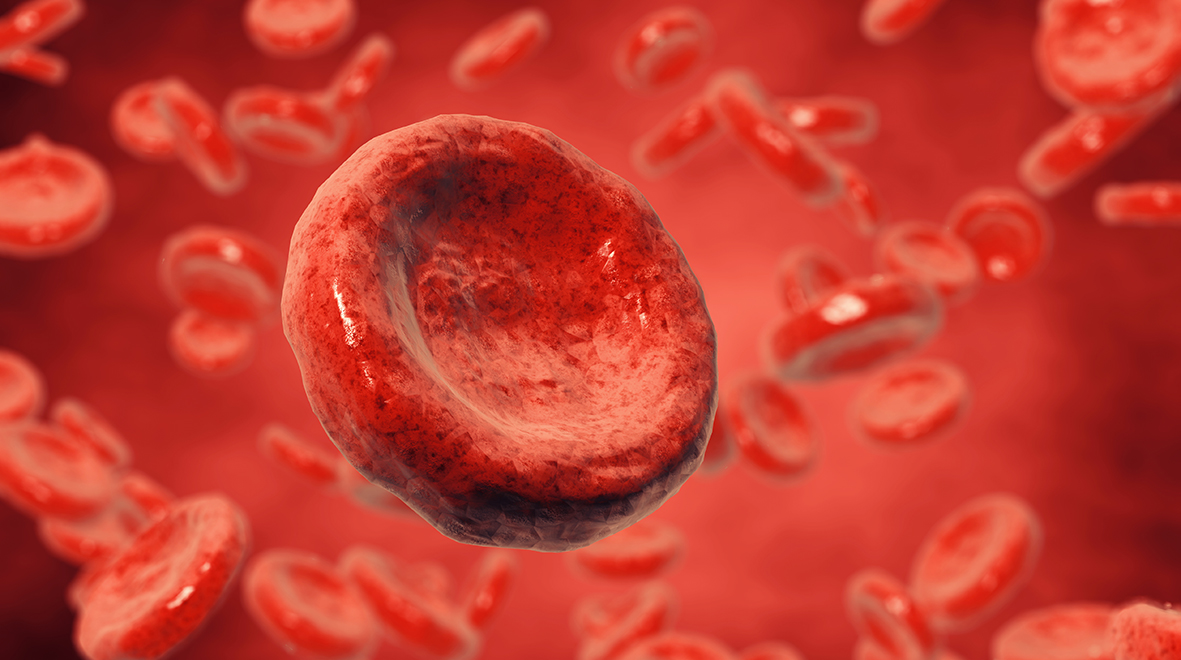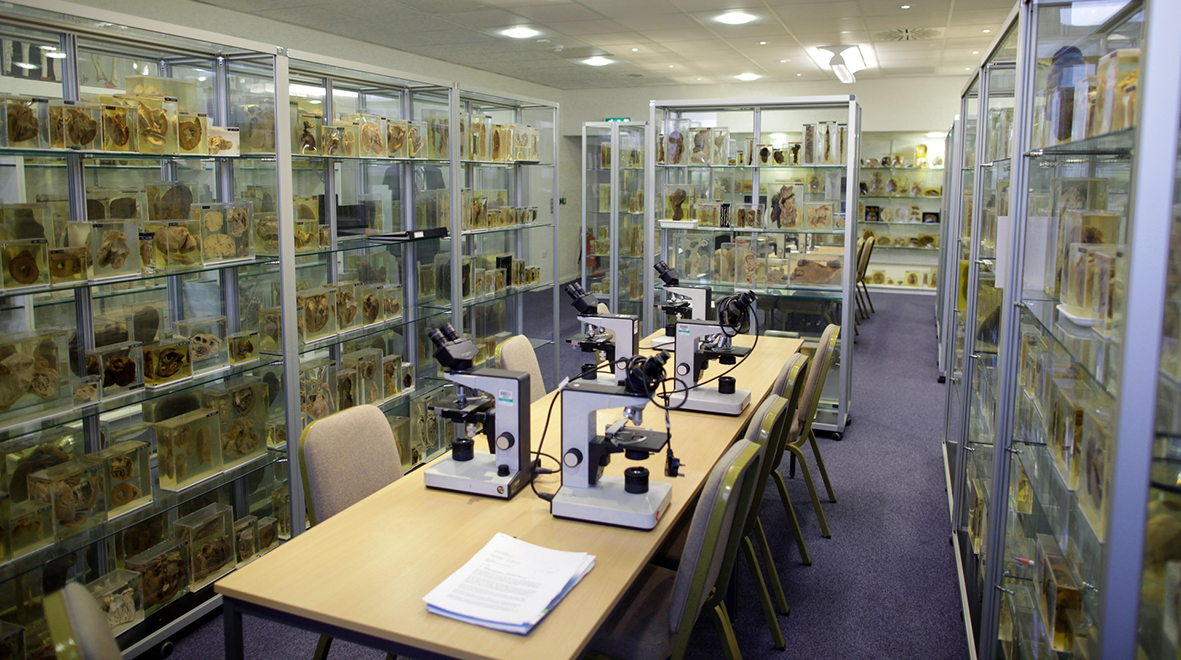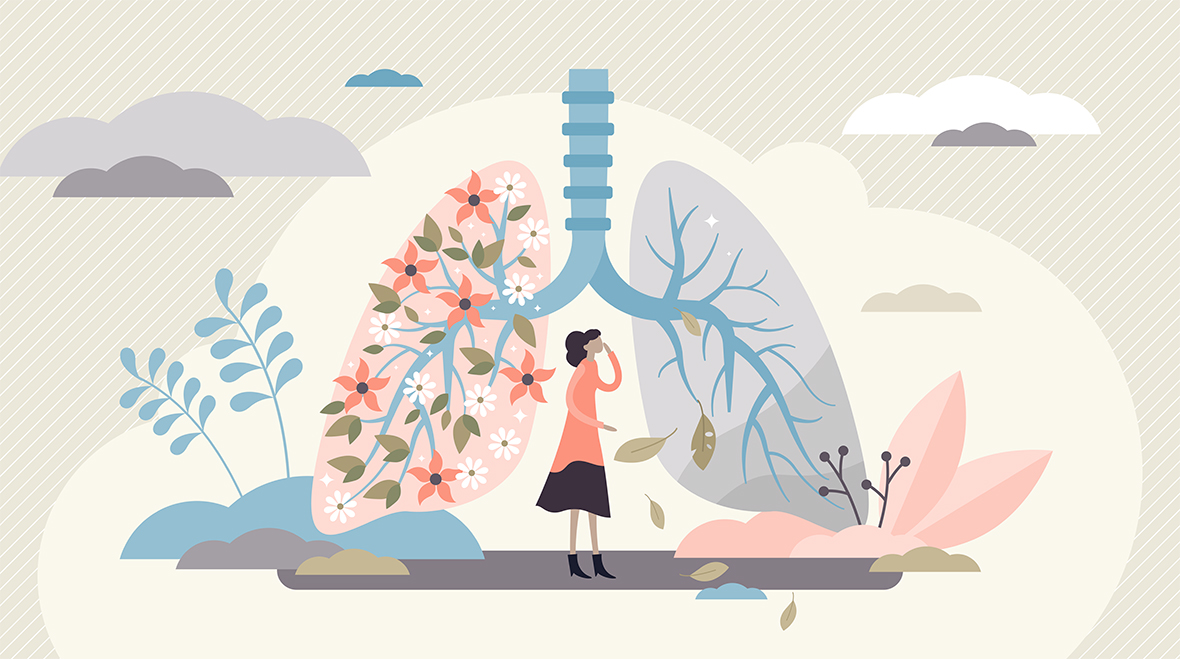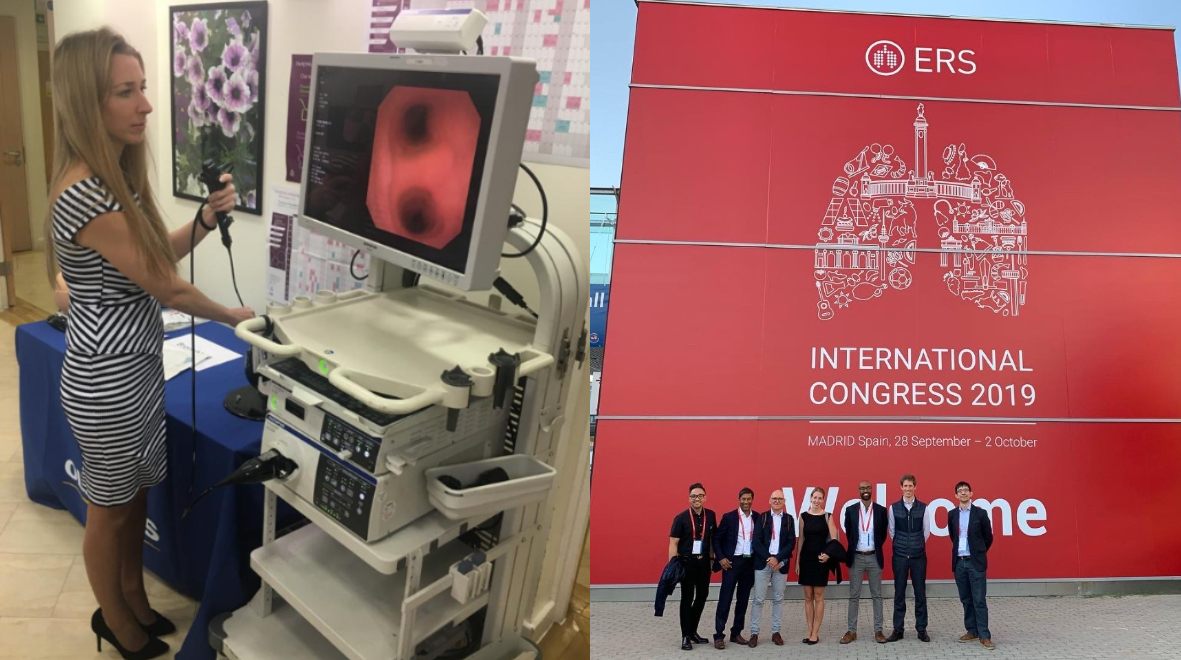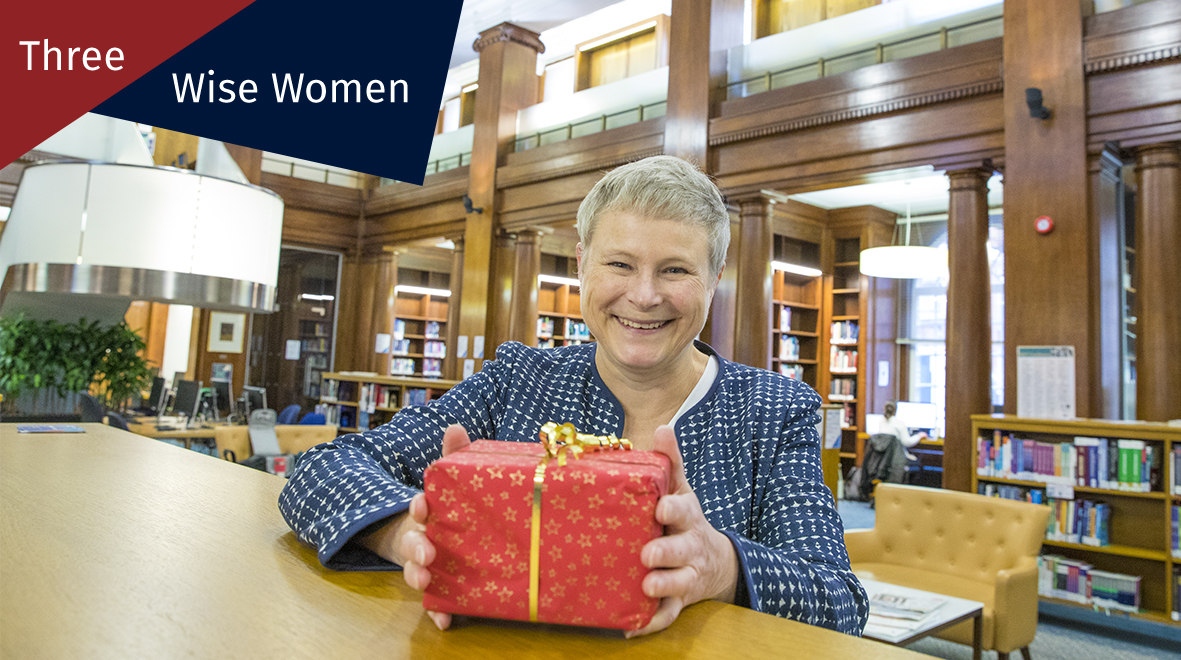
This festive period Three Wise Women from the Faculty of Medicine will be giving us the gift of their wisdom.
Our final wise woman, director of the School of Public Health Professor Deborah Ashby, shares her joy of medical statistics, from working in neonatal research to taking on the Royal Statistical Society presidency.
“We Three Queens of Orient are…” came the dulcet sounds in the lead-up to Christmas. I looked up across the old Liverpool maternity ward, to see three colleagues singing and, channelling Morecambe and Wise, dancing towards me and my newborn daughter. The three women who had come to visit were all, like me, lecturers in medical statistics at the University of Liverpool, and that memory still brings a smile.
Although it was less glamorous than the alternatives, I’d chosen to give birth there, reasoning that if it went well, it didn’t matter where I was, but if not, I’d rather be somewhere with wide experience, actively engaged with and informed by research. In Liverpool, I had worked with the academic doctors from that maternity hospital, so knew I would get both. You might wonder why they had sought my advice, but research on babies involves analysing complex data on them, or designing studies to test competing treatments or strategies – all of which needs statistical skills along with clinical input. (more…)
